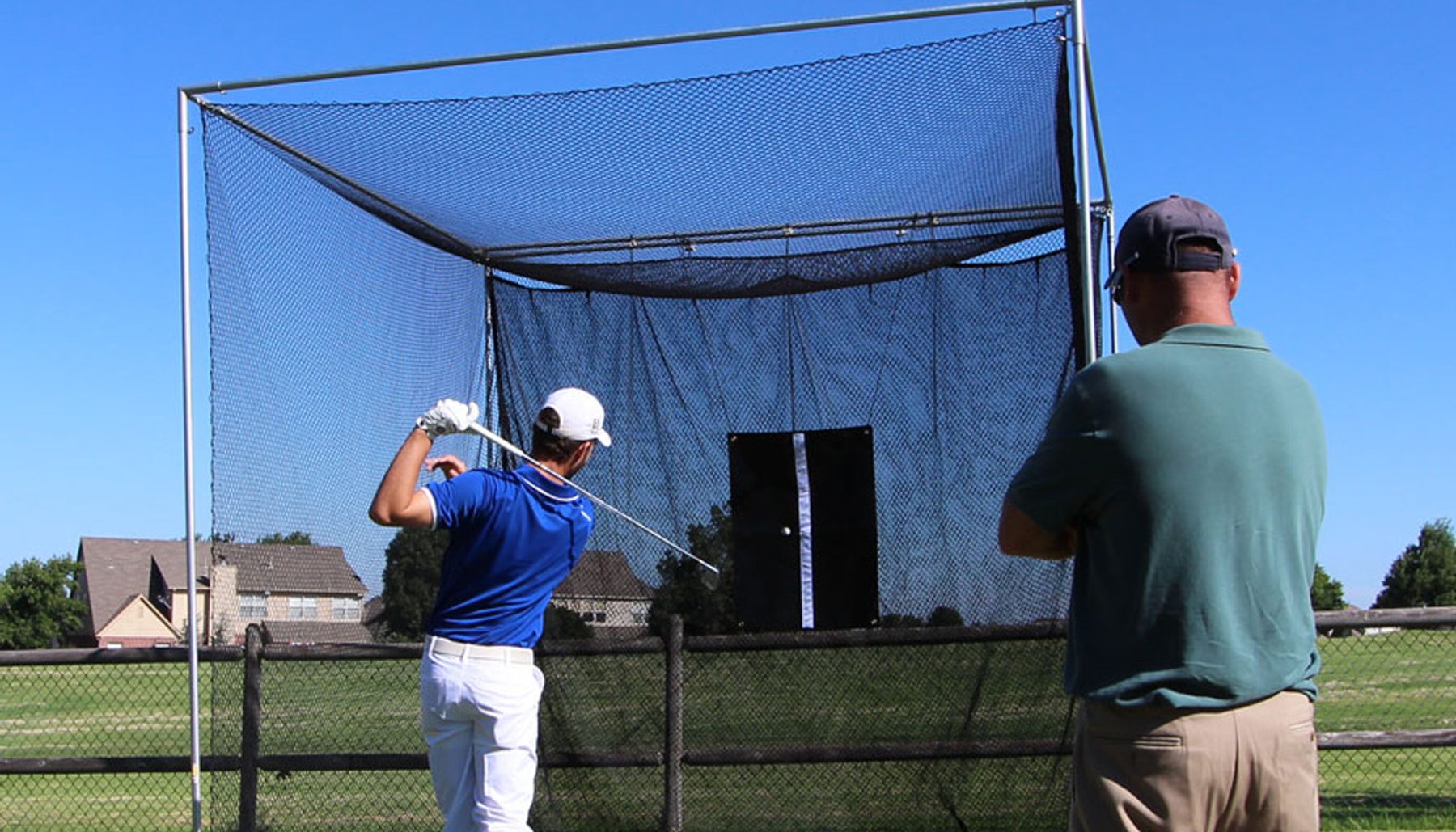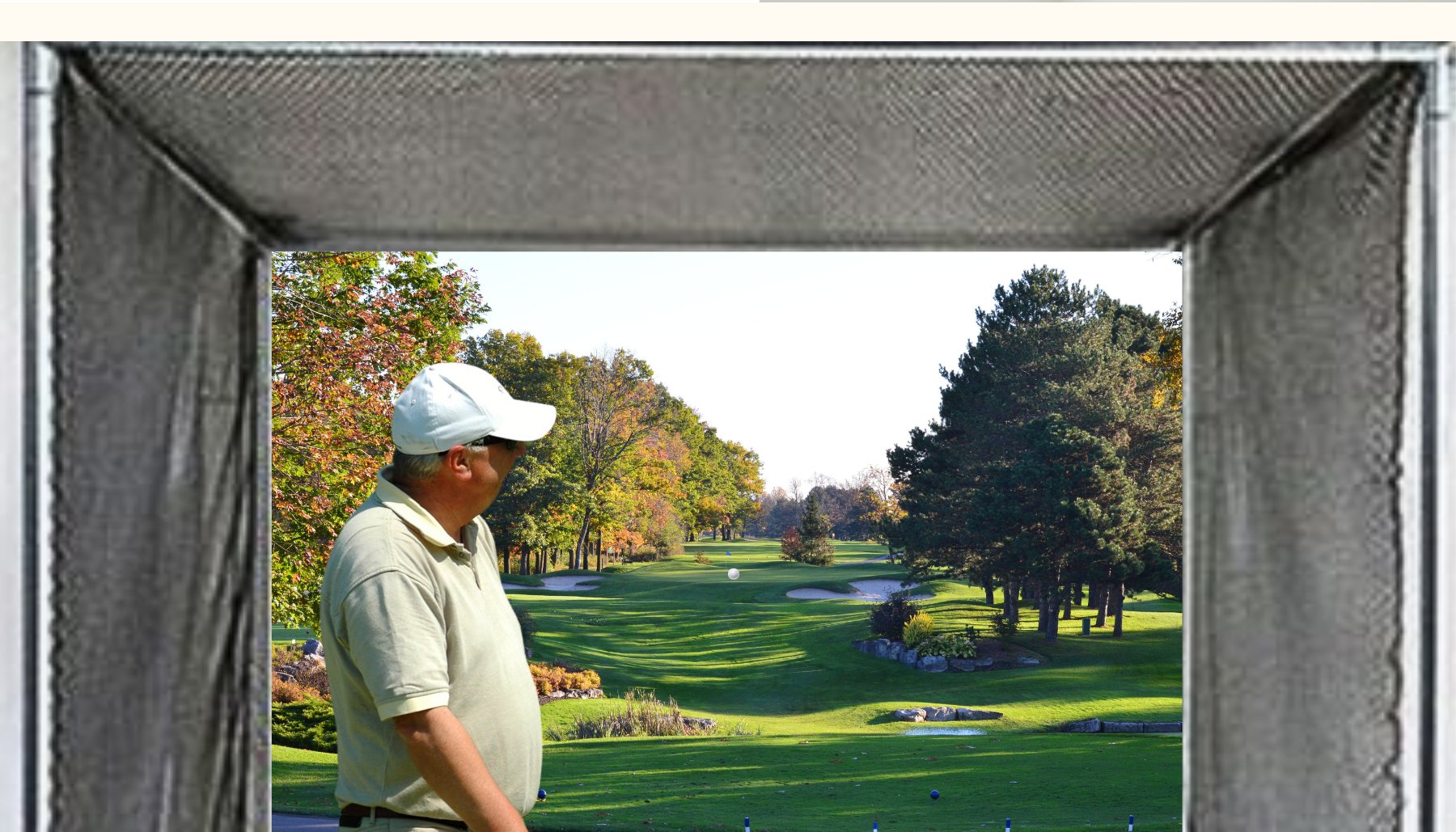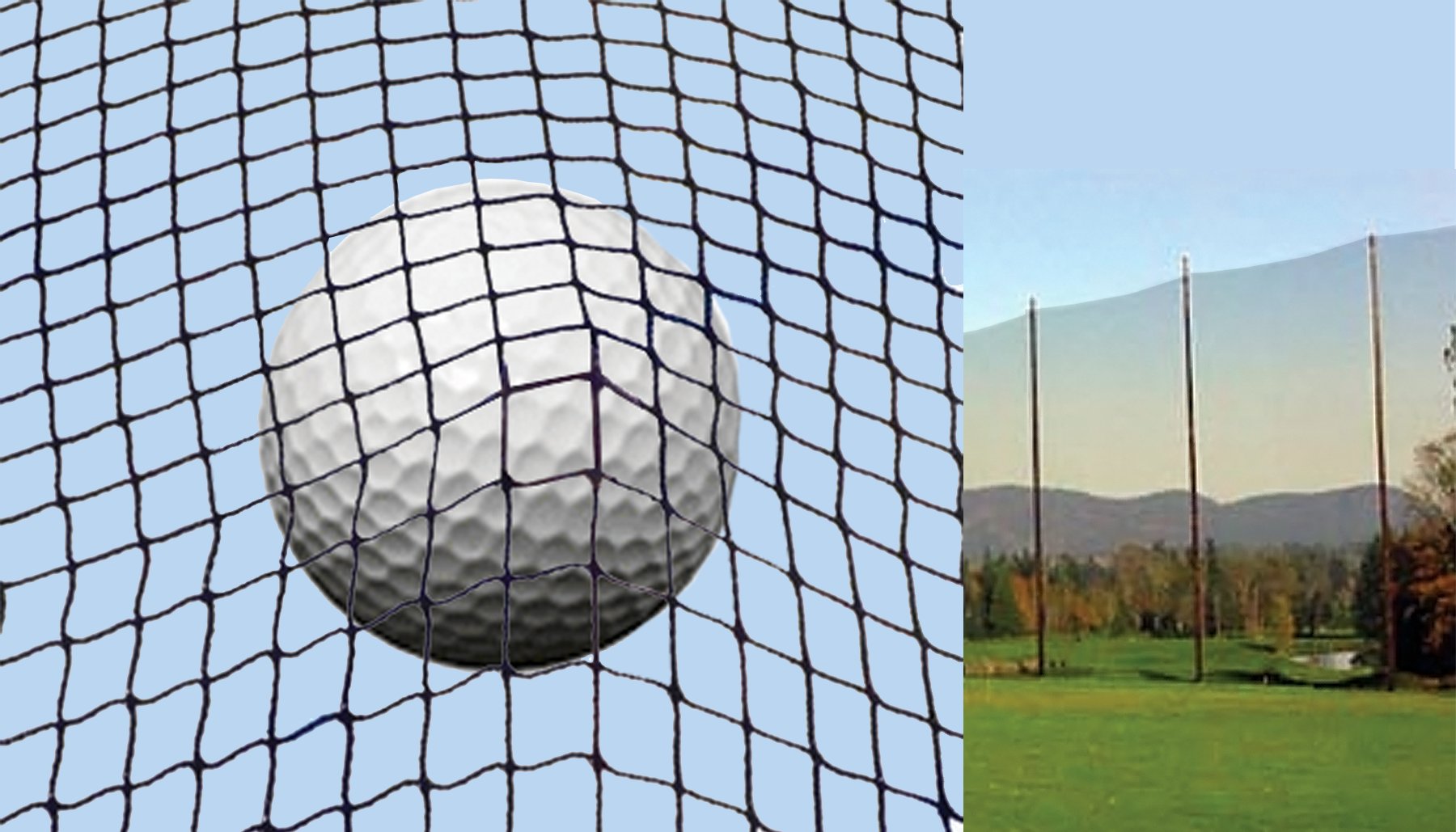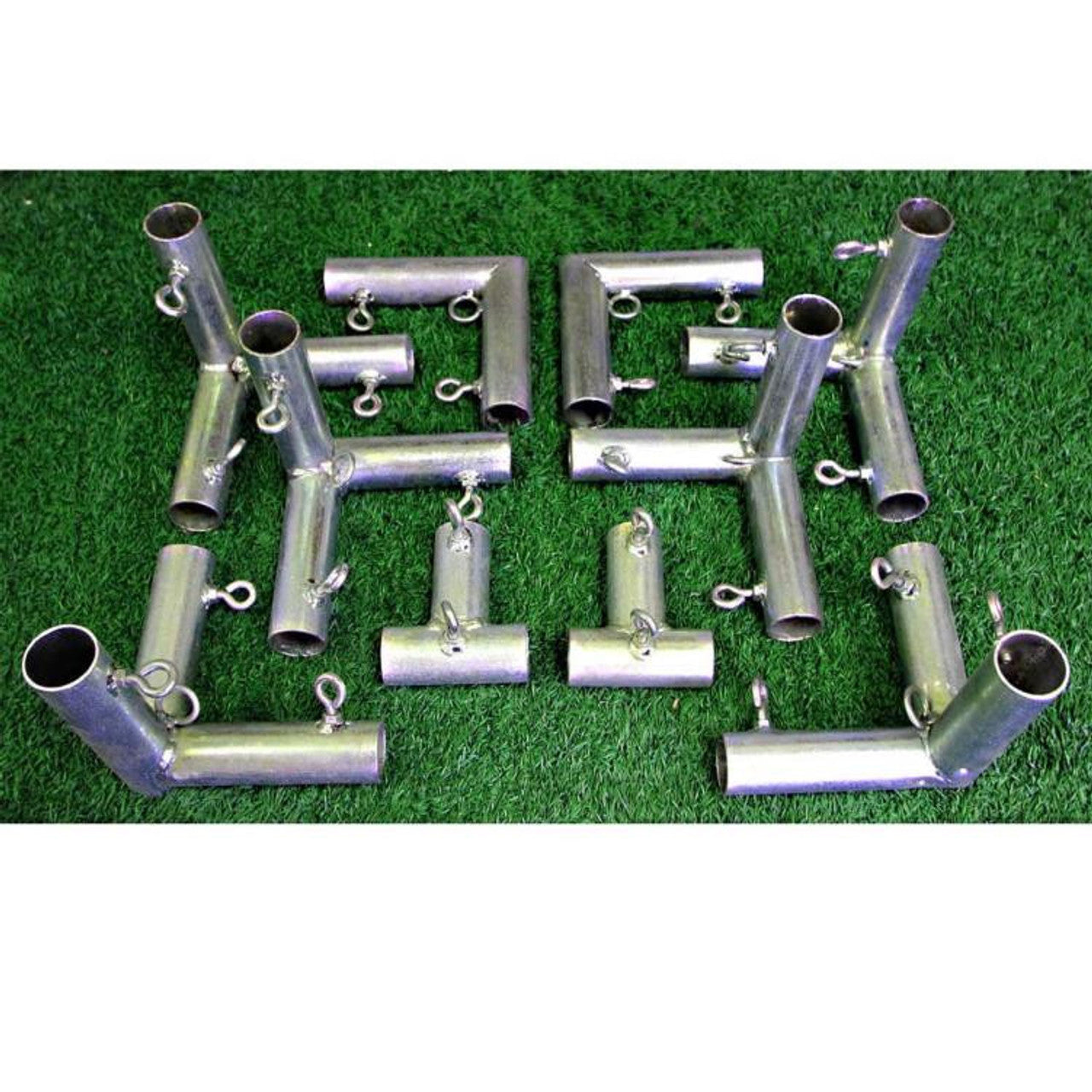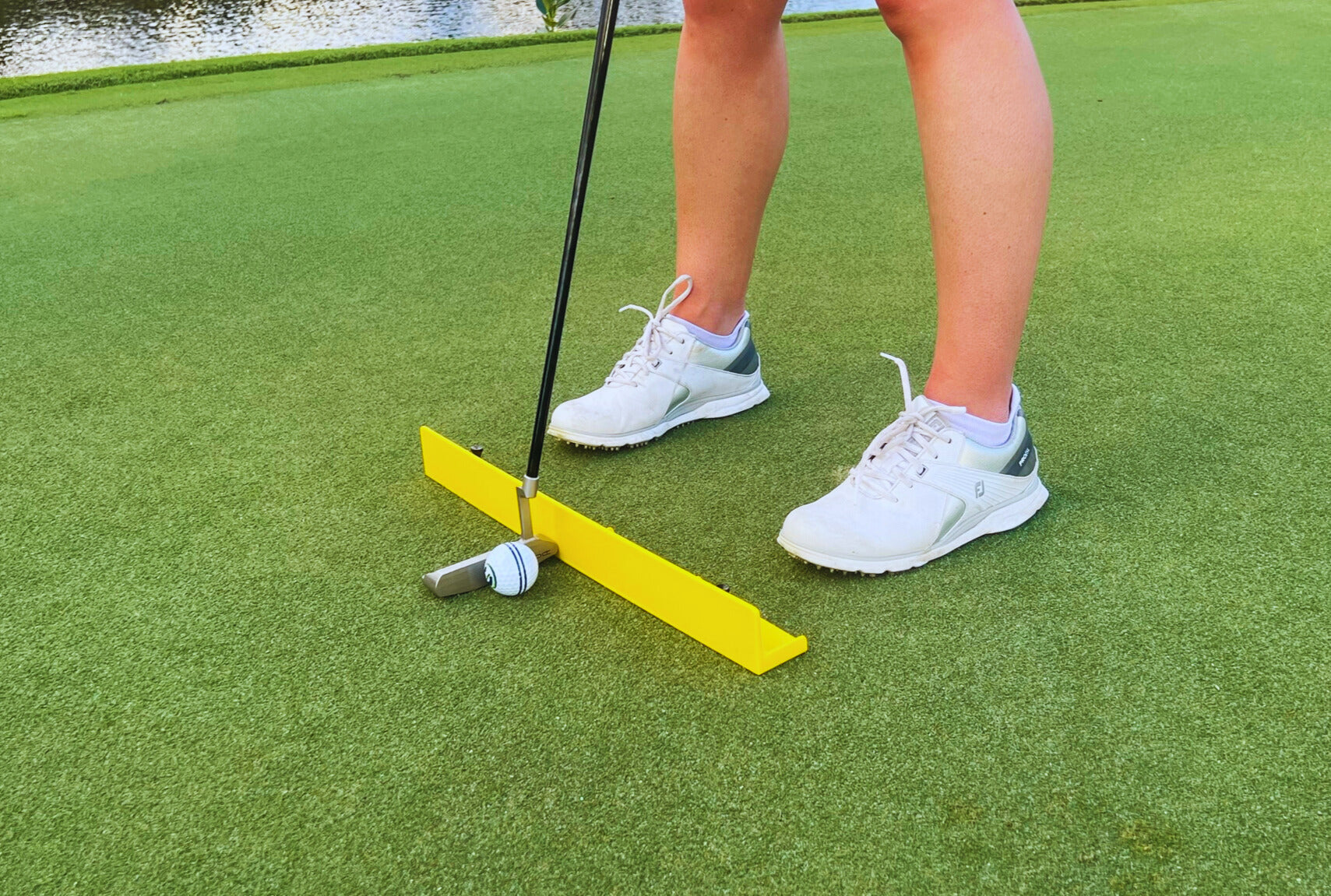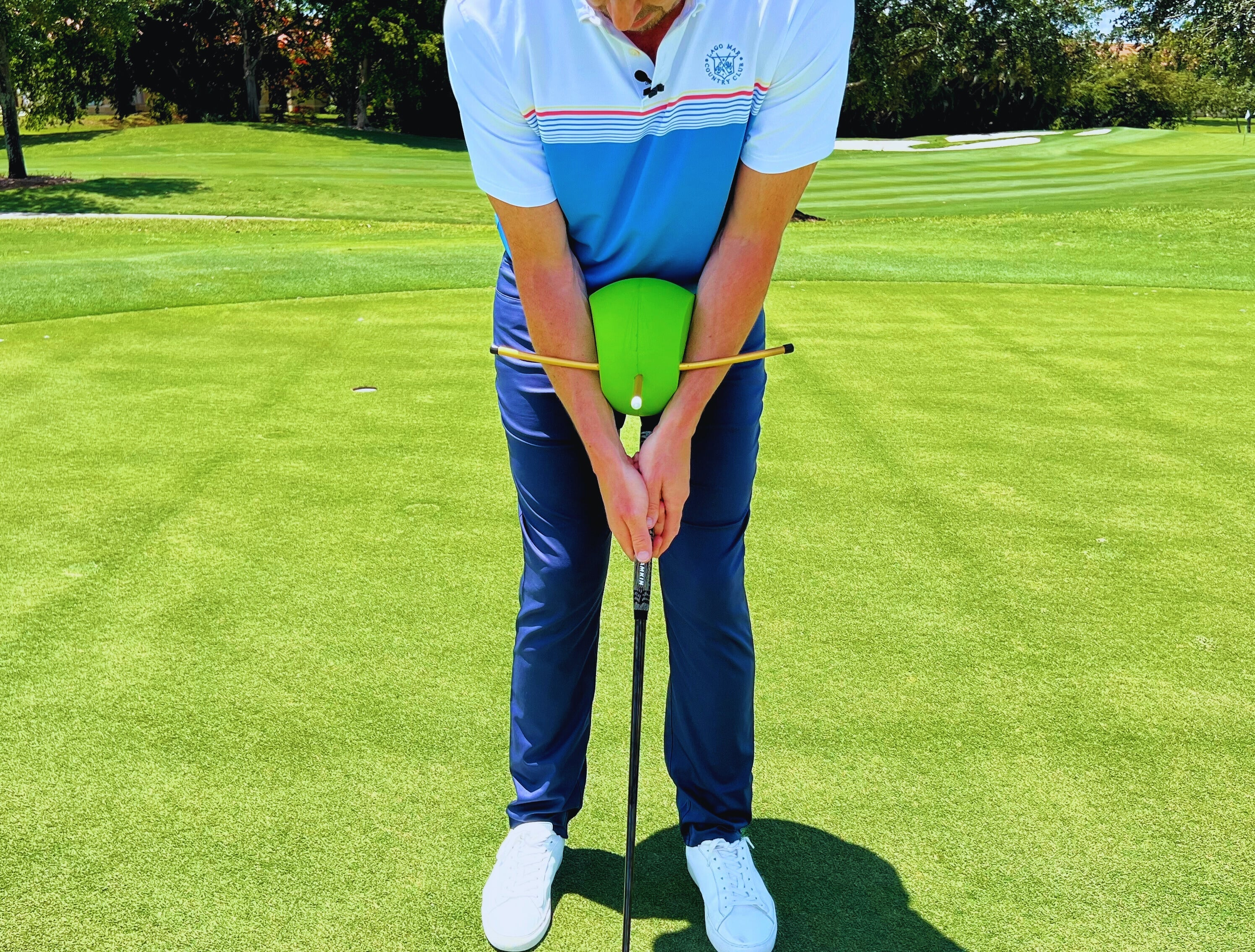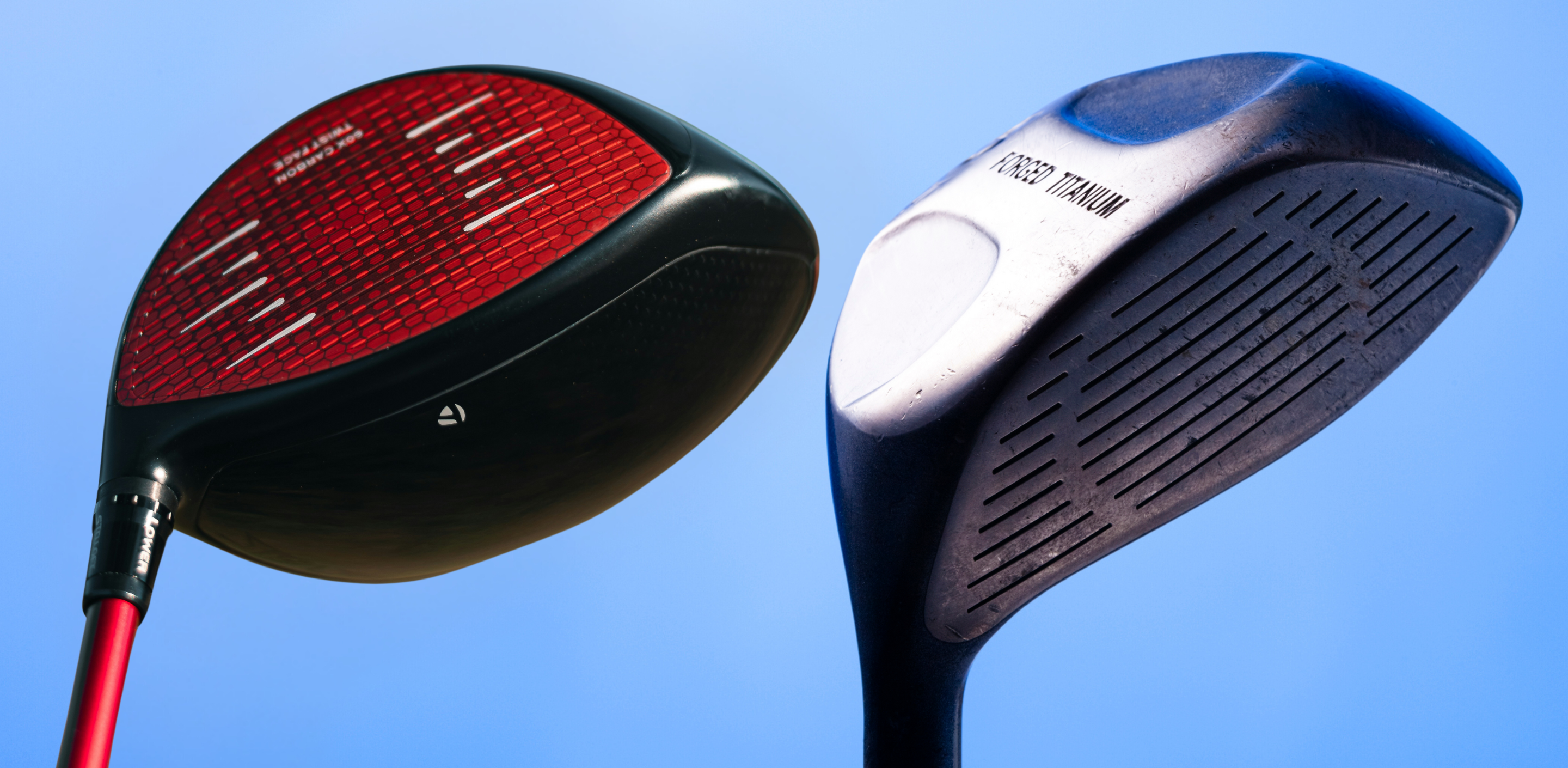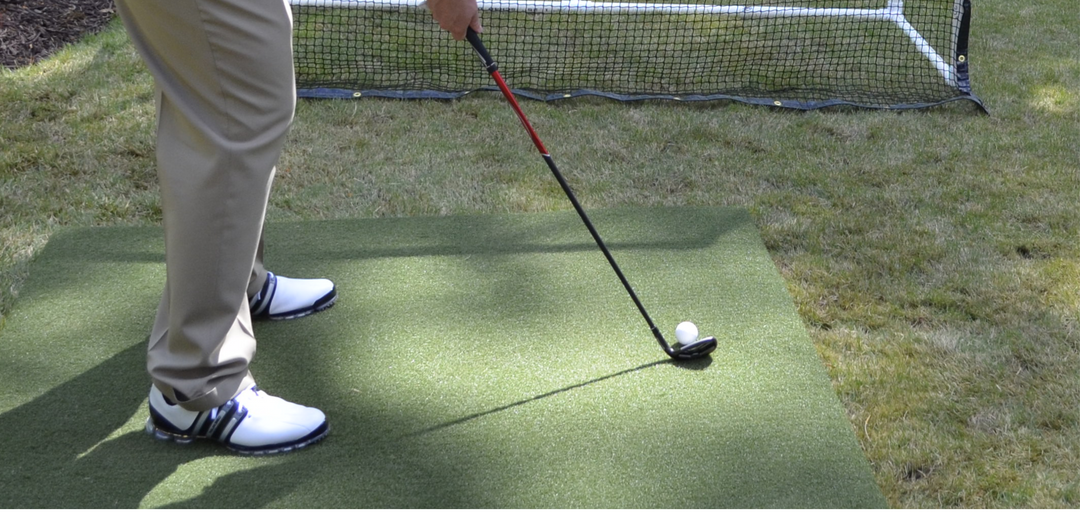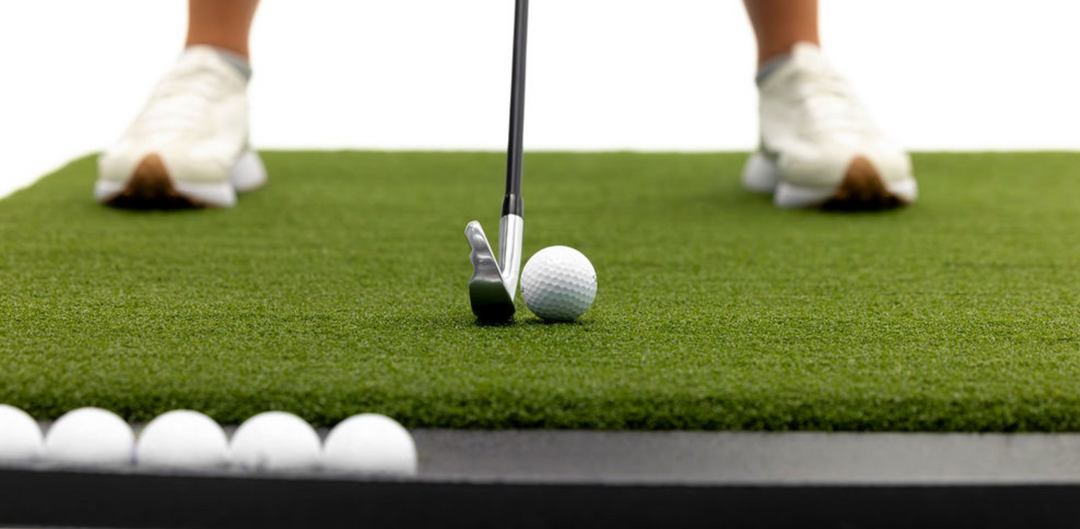The driver is one of the most important clubs in your bag, typically used for tee shots on par-4s and par-5s. It has the largest clubhead and the longest shaft in a golfer's set, designed to maximize distance off the tee. Selecting the right driver can make a significant difference in your game, particularly in terms of distance, accuracy, and control. Here’s everything you need to know about golf drivers, including the types, features, and tips for choosing the right one.
- What is a Golf Driver?
A driver is a type of wood club that features the largest head in the game, designed to hit the ball the farthest. It is typically used off the tee for long-distance shots. The clubhead is usually made of titanium, steel, or composite materials to balance weight and durability, while the shaft is longer than other clubs to generate more speed and distance.
- Key Features of a Golf Driver
When selecting a driver, several features can influence performance:
- a) Loft
- Loft refers to the angle of the clubface relative to the ground. Drivers typically have lofts ranging from 8 to 12 degrees.
- Higher lofts (9-12 degrees) are easier to hit for most golfers, helping the ball get airborne. Beginners or those with slower swing speeds often benefit from a higher loft.
- Lower lofts (8-9 degrees) are typically used by players with faster swing speeds who want to maximize distance and reduce spin.
- b) Clubhead Size
- The size of the clubhead is measured by volume, typically between 440cc to 460cc (cubic centimeters). Larger clubheads provide a larger sweet spot, which can help with off-center hits and increase forgiveness. Most modern drivers are near the maximum 460cc limit, offering a balance of forgiveness and performance.
- c) Shaft Length and Material
- Shaft length generally ranges from 43 to 46 inches. Longer shafts can help generate more speed, but may reduce accuracy and control. Choosing a shaft length that suits your swing mechanics is important.
- The shaft material can vary, with graphite being the most common for modern drivers. Graphite shafts are lighter, helping increase swing speed and distance, while steel shafts are heavier and provide more control.
- d) Weight Distribution and Adjustability
- Some drivers feature adjustable weights, allowing golfers to change the center of gravity (CG) and adjust for draw or fade bias. This feature can help optimize launch angles and spin rates for different players.
- Adjustable hosels allow golfers to change the loft and lie of the driver, which can help fine-tune the ball flight for better performance.
- Types of Golf Drivers
- a) Standard Drivers
- These are the most common type of drivers, designed for a wide range of golfers. They offer a larger sweet spot and are ideal for players looking for distance and forgiveness.
- Best For: Beginners, intermediate, and even advanced golfers who prefer a more forgiving club.
- b) Draw Drivers
- Draw drivers are designed to help golfers who struggle with slicing the ball (hitting the ball too far to the right, for right-handed golfers). These drivers have an offset hosel or weight positioned to promote a right-to-left ball flight (for right-handed golfers).
- Best For: Golfers who tend to slice the ball or have trouble hitting straight shots off the tee.
- c) Low Spin Drivers
- Low spin drivers are designed for golfers who want to reduce backspin on their tee shots, helping the ball travel farther through the air. These drivers typically have a lower center of gravity (CG) and a more neutral face angle.
- Best For: Golfers with high swing speeds who want to maximize distance without excessive spin.
- d) Adjustable Drivers
- These drivers offer a variety of adjustable features, such as the ability to change the loft, lie, and weight distribution. Adjusting these settings can help golfers fine-tune their driver to their specific swing characteristics.
- Best For: Golfers who want a customizable driver that can adapt to different playing conditions or changing swing mechanics.
- Driver Materials
The material of the driver’s head and shaft can impact performance:
- a) Titanium Drivers
- Titanium is a popular material for driver heads due to its lightweight, durable, and high-strength properties. This allows manufacturers to design large, forgiving clubheads while maintaining the strength necessary for distance.
- Best For: Golfers looking for a high-performing, durable driver with a large sweet spot.
- b) Composite Drivers
- Composite materials, such as carbon fiber, are sometimes used in the driver head to reduce weight in non-essential areas, allowing for more weight to be positioned lower and deeper in the clubhead for more forgiveness and a higher launch.
- Best For: Golfers looking for a driver with a combination of lightness and performance.
- Popular Golf Driver Brands
Many well-known golf brands offer high-quality drivers, each with unique features designed to suit different types of golfers. Some of the most popular brands include:
- Titleist: Known for their premium drivers, like the TSi series, designed for distance, control, and customizability.
- TaylorMade: Their Stealth and SIM drivers are known for innovative technology, including adjustable weights and carbon face construction for enhanced performance.
- Callaway: With their Rogue and Epic series, Callaway drivers are famous for their speed, forgiveness, and adjustable features.
- Ping: Known for the G series, Ping drivers offer great forgiveness, a large sweet spot, and consistency for golfers of all levels.
- Cobra: Cobra drivers, such as the King RADSPEED series, are popular for their adjustability and performance, with models that cater to players looking for extra distance or forgiveness.
- Choosing the Right Driver for Your Game
When selecting a driver, it's important to consider factors such as:
- Swing Speed: If you have a slower swing speed, you may benefit from a higher lofted driver (10.5 to 12 degrees) to help launch the ball higher with less spin. Conversely, if you have a faster swing speed, you might prefer a lower lofted driver (8 to 9 degrees) to optimize launch conditions.
- Ball Flight: If you're struggling with a slice, you might consider a draw-biased driver. If you're hitting too many hooks or want a more neutral ball flight, a low spin or adjustable driver might be a better option.
- Forgiveness: Beginners or high-handicap golfers may benefit from a larger clubhead with more forgiveness. If you're a more advanced player, you might prioritize a driver that allows you to shape shots and provides more control.
- Feel: The feel of a driver is crucial. It should feel comfortable during the swing, so it's important to test out different models to find one that feels right for you.
Conclusion
The right golf driver can make a huge difference in your game, helping you hit longer, more accurate tee shots. Whether you're a beginner or a seasoned player, selecting the best driver for your needs depends on your swing speed, desired ball flight, and personal preferences. Test out different drivers to find the one that helps you hit the fairways with confidence and maximize your distance off the tee.



